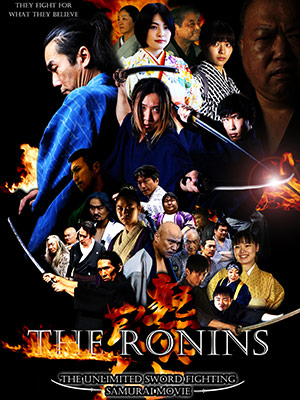Today, most of Enryaku-ji's buildings are clustered in three areas: To-do , Sai-to, and Yokokawa. The monastery's most important buildings are concentrated in To-do.
Todo Area
Kompon Chudo, the National Treasure
After the destruction of Enryakuji by Oda Nobunaga, this building was constructed in 1642 by the donation of Tokugawa Iemitsu. It is 37.6m wide, 23.9m deep and 24.2m tall. The public worshipping room and the secret script are leveled in the same height, but there is a space between them is 3m lower to separate this world and sacred world. It enshrines the Yakushinyorai Statue by Priest Saicho.
Monjuro Gate
It is constructed in 1668 and registered as the national cultural asset. It is also the main gate of this area.
Kaidanin Temple
It is an important cultural asset and the most important temple of Mt. Hiei, where monks take solemn vows and accept the Mahayana religious precepts. In 822 ACE, the Emperor Saga permitted this temple to be built a week after the death of Dengyo Daishi, priest Saicho (767 to 822 ACE the founder of the Tendai Buddhism, who had devoted his life and soul to this temple, his successor Gishin the first head preist of Enryakuji, built in 828 ACE. It was in this temple that Mahayana Buddhism officially declared its indepence from Nara and Hinayana Buddhism in Japan.
Daikodo
Constructed in 1634 and removed from Sakamoto Toshogu Shrine. It is an important cultural asset.
Saido Area
Shakado
It is an important cultural asset constructed in 1347. The oldest building in Hieizan. It was removed from Onjoji temple.
Constructed in 1347
Jogyo-do and Hokke-do temple
Both of these temples are important cultural assets. They are also called "Ninai-do." Ninai can be interpreted in many different ways. The most popular understanding is Benkei's Ninai from an anecdote monk Benkei who once lifted both temples over his shoulders. Another meaning is to illustrate the union between two temples... between the Lotus Sutra and the Nenbutsu.
The image of Buddha "Amida" is enshrined in the Jogyo-do temple and an image of Fugen Boddhisattva is enshrined in the Hokke-do temple, Jogyo-do temple is used to train monks for Jogyozanmai, walking meditation, and Hokke-do temple is used to train monks for Hokkezanmai, waking and sitting meditations.






